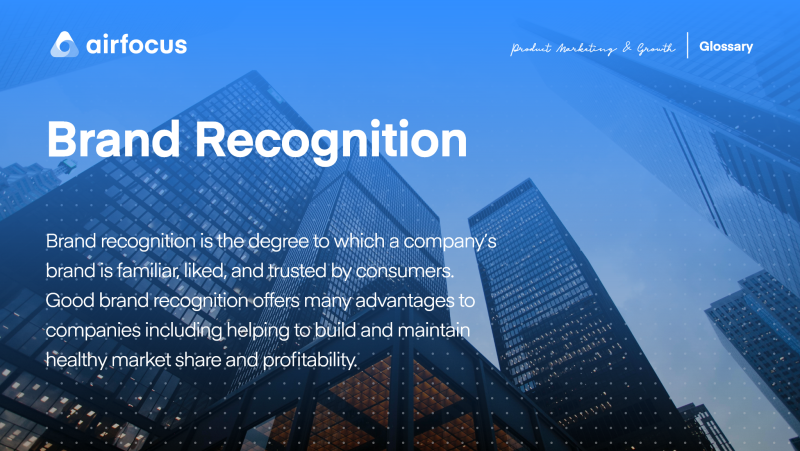Brand Recognition
What is brand recognition?
Definition of brand recognition
Brand recognition, or brand awareness, refers to how familiar your brand is to your customers and whether they recognize it when they see it. It encompasses your logo, brand colors, company name, and tagline among other things.
Of course, recognition is closely tied to how popular a brand is. Higher brand recognition generally means higher popularity and therefore greater market share, and vice versa.
At the most extreme end of the brand recognition scale, you have companies that are almost synonymous with the service they offer. Think Xerox, Google, and Coca-Cola.
Why is brand recognition important?
As well as helping to increase a company’s market share, building brand recognition offers other advantages too.
Strong brand awareness helps:
Increase consumer trust
Companies with high brand recognition are trusted by consumers. And, the more familiar people are with something, the more they tend to trust it.
In the current climate, building trust is becoming an even more important marketing activity for all organizations.
Reduces price sensitivity
Arguably, Apple is one of the most recognizable brands on the planet. Their devices are so popular that some people camp overnight, outside the store, to get the latest model fresh off the shelf!
Even though a new iPhone costs well over $1,000 and a MacBook Pro upwards of $3,000, they outsell similar devices from less recognizable brands many times over.
Brand recognition is different from brand equity, but the two are closely linked, with strong recognition helping to build high brand equity.
Boosts user experience
Brand recognition can actually have a halo-effect on the product, too. For example, Coca-Cola consistently outperforms Pepsi in market shares and sales. Yet, in blind taste testing, customers show a preference for the underdog. This goes to show how powerful Coca-Cola’s brand is — people will buy it, even if another product has a superior taste.

General FAQ

Glossary categories
Create effective product strategy

Experience the new way of doing product management








